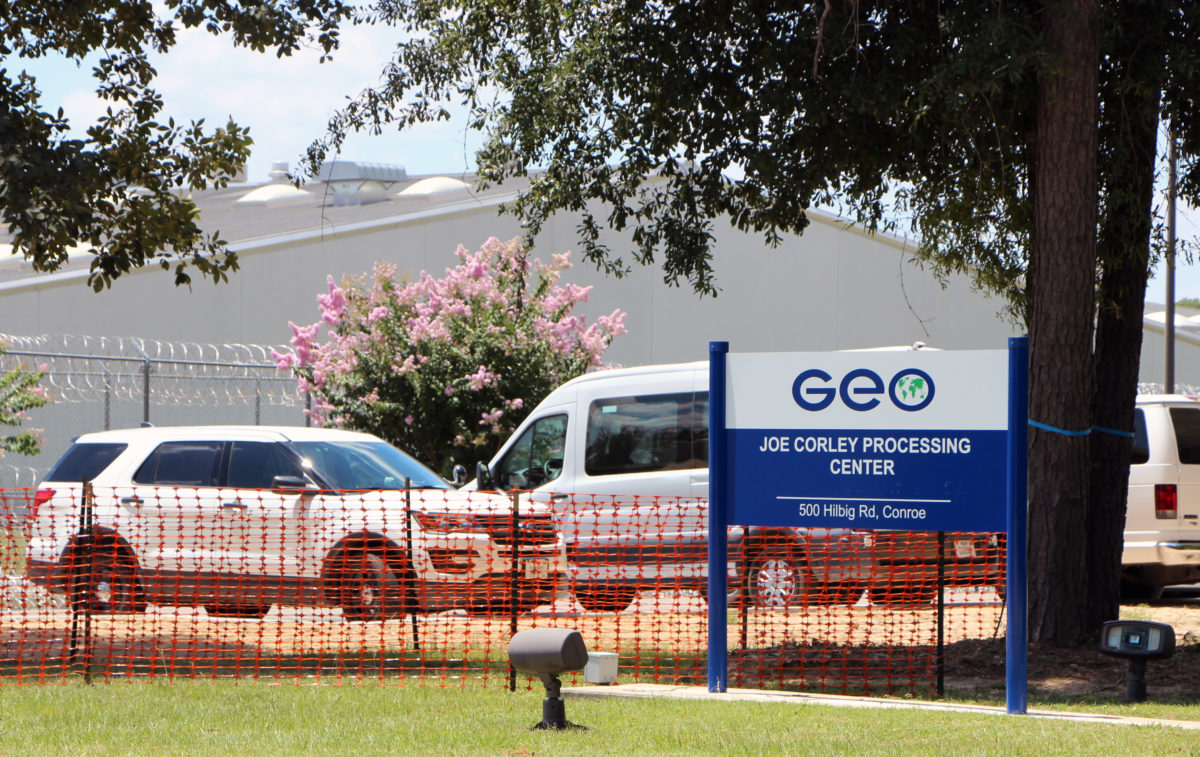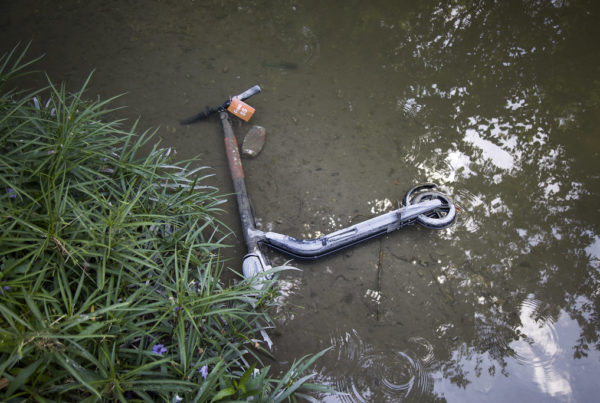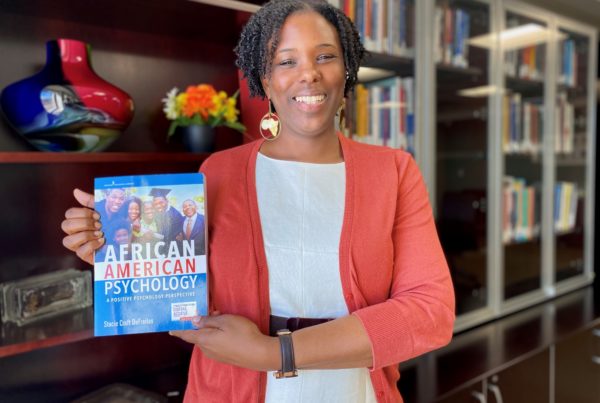From Houston Public Media:
This is the second part of a two-part series on COVID-19 in detention facilities, and how the disease can spread. Click here to read part one, focused on the Harris County Jail population.
In just over two weeks COVID-19 cases have quadrupled in Texas immigrant detention centers — including at least one person who was transferred from the Harris County Jail and confirmed positive with the virus upon arrival, according to Immigration and Customs Enforcement.
ICE has confirmed 170 detainees have tested positive in 10 detention centers statewide. And many of the people who have tested positive can be traced back to immigration transfers, since detainees are being moved to and from different detention facilities during the COVID-19 pandemic.
Others are also being deported while they have COVID-19.
From Harris County To ICE Custody
The first COVID-19 case confirmed in Texas, identified at a detention center in Livingston, 70 miles northwest of Houston, was traced back to a former inmate at the Harris County Jail. Although ICE said that detainee was immediately put under quarantine, countless other transferred detainees from the jail are going untested.
Hope, a fast food worker in Houston, said her boyfriend, who is also at the Livingston ICE facility, was never tested for COVID-19 despite running a fever and complaining of body aches.
“Once he got into ICE he struck a 104.1 fever,” Hope said. “And he had the symptoms but they did not test him.”
Hope asked Houston Public Media not to use her real name, for fear of retaliation against her boyfriend.
Hope’s boyfriend, who came to the U.S. from Mexico as a kid without authorization, was transferred to ICE custody after spending around six weeks in Harris County Jail, she said. She tried to bail him out of jail, but immigration officials ordered her boyfriend transferred to one of their facilities for deportation.
Hope said in Harris County Jail he had been exposed to someone with COVID-19 on his floor and quarantined. She said her boyfriend doesn’t know why ICE didn’t test him since he exhibited symptoms.
“If he did have coronavirus then he probably exposed it to the other three men that he was with in the beginning, and the officer who took him, so he should have been tested,” Hope said.
ICE did eventually isolate her boyfriend, but not until after he spent time in close quarters with other detainees while exhibiting symptoms — so if he did have COVID-19, he could have easily spread it, she said.
The Livingston ICE facility now has at least 9 positive cases.
Transfers like the one in Harris County are common in the United States. When a person is arrested and has an immigration violation on their record, ICE is notified, and can request that the person be held at the jail for a transfer to ICE custody.
But many of those local facilities are now experiencing their own outbreaks, as close quarters inside the crowded jails, along with limited ability to quarantine, make it easier to transmit the disease between inmates. In the Harris County Jail, more than half of all COVID-19 tests come back positive.
And transfers of people confirmed to have COVID-19 are also coming to Texas from facilities across the country.
Interstate Spread
New York-based immigration attorney Siana McLean said she was trying to get her client Behzad Jalili released from detention in upstate New York, where officials were trying to contain a COVID-19 outbreak.
“Instead of releasing people, they transferred them across the country,” said McLean.
Overnight, her client and dozens of other detainees were moved from New York and Pennsylvania to a detention center 30 miles south of Fort Worth — a facility that quickly became a hotbed for infection.
The detention center in Alvarado went from zero cases to now at least 42 — more cases than any other ICE facility in Texas.
The disease is also crossing international borders.
Authorities in Nuevo Laredo, Mexico have traced more than a dozen COVID-19 cases at a migrant shelter there back to a man who was deported from the Houston area.
“You really shouldn’t be transferring people between facilities if you have any positives,” said Dr. Dona Kim Murphey, a neurologist and immigrant health advocate with Doctors for Change.
Murphey has been demanding the release of people from detention since the outbreak started.
She said someone can carry the virus for two weeks without showing any symptoms. Others may never show symptoms at all, so authorities can never really safely transfer any detainee who has been exposed to the disease, she said.
If things remain business as usual in these facilities, we’ll see the disease continue to spread, Murphey said.
“With people who are constantly transferred between facilities, new people who are entering facilities, the staff who are actually traveling between facilities,” she said, “it’s very likely that you will have at some point the introduction of the infection into these populations, which then are kind of like tinderboxes.”
















